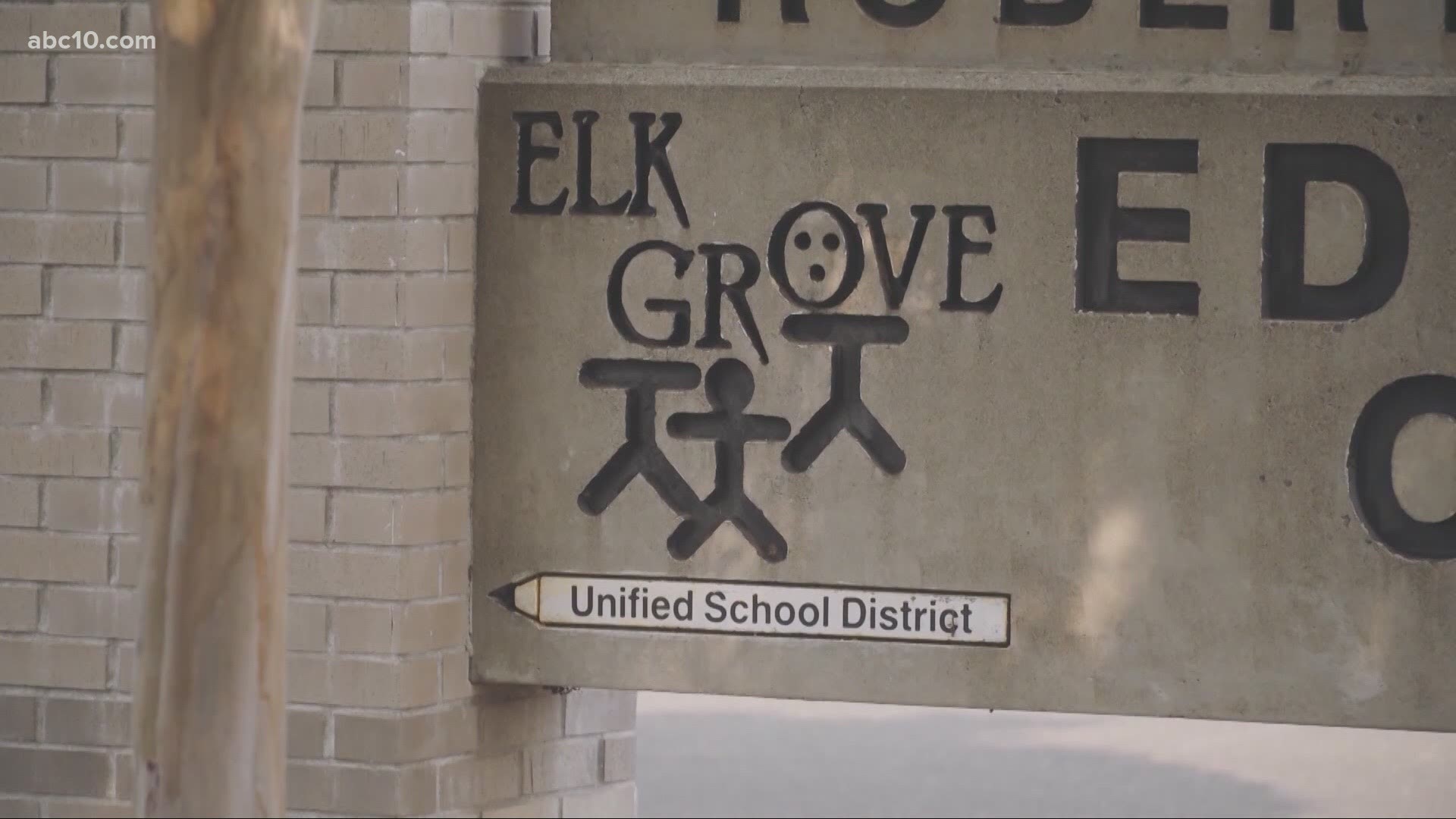SACRAMENTO, Calif. — California lawmakers have passed the $6.6 billion “Safe Schools for All” plan that incentivizes schools to reopen – some as early as the end of March – and provides billions for personal protective equipment and health-related infrastructure.
The legislation approved Thursday would give school districts $2 billion if they offer in-person instruction by the end of the month. And another $4.6 billion would be available to all school districts to help students catch up. But districts must spend at least 85% of that money on in-person instruction.
It now heads to Gov. Gavin Newsom’s desk to be signed into law.
Here are five important takeaways from the bill:
Incentive
The Safe Schools for All bill is not a mandate for schools to return to in-person learning. That decision is left up to local education officials. However, school districts that choose not to return for in-person learning forfeit its eligibility for funding.
Under the plan, all California public schools will be required to reopen to grades TK through 2nd for all students and for high-needs students in all grades by the end of March. If they do not, they will lose 1% of eligible funds every day until they are reopened.
Schools in “red tier” counties or better are will be required to reopen for all students in all elementary grades and at least one middle or high school grade or risk the same penalty.
Flexibility
More than two-thirds of the bill’s funding, $4.6 billion, will go toward “reimagining the school year,” according to Newsom.
That money will give districts the flexibility to address a wide range of issues from extending the school day, or even the school year, tutoring, mental health services, substitute teachers, and more.
Vaccinations
The bill codifies the plan to allocate at least 10% of COVID-19 vaccine doses dedicated for teachers and other school staff members, including paraprofessionals, bus drivers, child care workers, and site-based administrators.
The bill does not require all students and staff to be vaccinated before returning to the classroom and it would not require districts to get approval from teachers’ unions before returning.
Safety
Several COVID-19 safety and mitigation measures are provided for with funding in the bill, including testing, PPE, contact tracing, and vaccinations.
- Testing. The bill provides for frequent testing for all school staff and students, including weekly testing at schools in communities with high rates of transmission.
- PPE. All staff and students in schools will be required to wear masks and millions of surgical masks will be provided to schools at no cost thanks to funding in the bill.
- Contact Tracing. Schools will continue to be on-boarded onto the School Portal for Outbreak Tracking (SPOT) to improve collaboration between school and health officials, and members of the state contact tracing workforce will be deployed to improve communication with schools.
- Vaccinations. School staff will be prioritized in the distribution of vaccines through the spring of 2021.
Accountability
Concerned parents who want to view the status of their school's reopening level can turn to a new hub that shows a wealth of information.
Users can learn a breadth of information on individual schools and districts as well by clicking on or searching for them in the hub. Information like whether they have a safety plan in place (with links provided), how much COVID-19 funding they’ve received, and PPE and other supplies received, too.
A mapping tool in the hub is continuously updated, according to state officials. A legend in the upper right-hand corner shows the color-coded status of the phase of reopening, from in-person learning, to hybrid, to distance-learning only.
The bill also sets aside $25 million for a “Safe Schools for All Team”, led by UCSF pediatrician Dr. Naomi Bardach, to provide support for schools to develop and implement their COVID-19 safety plans.



















